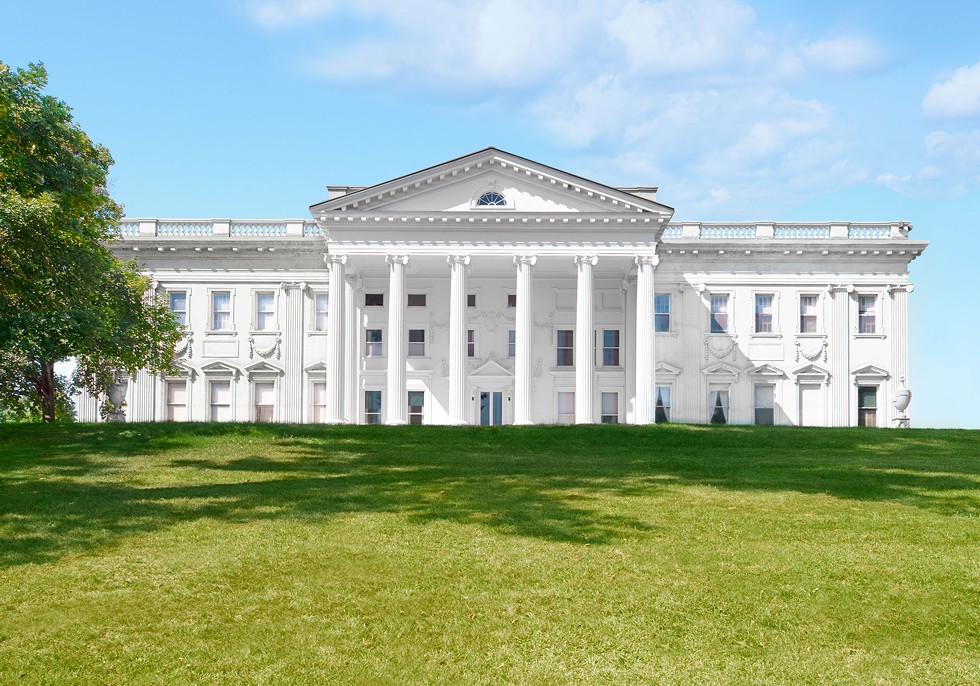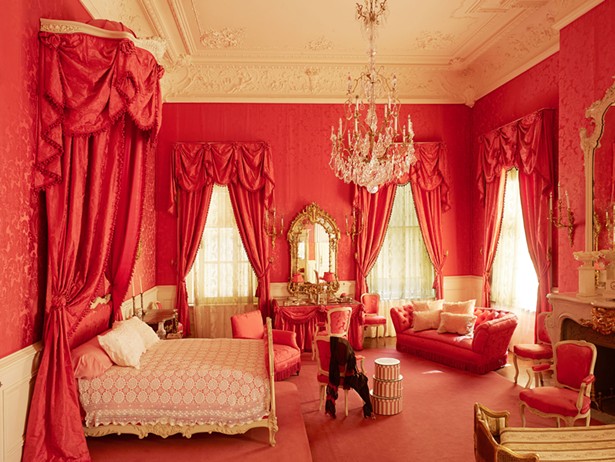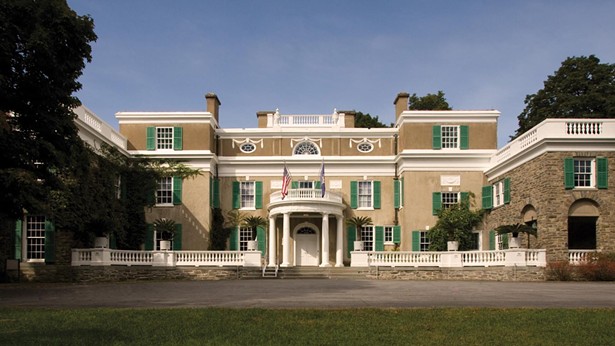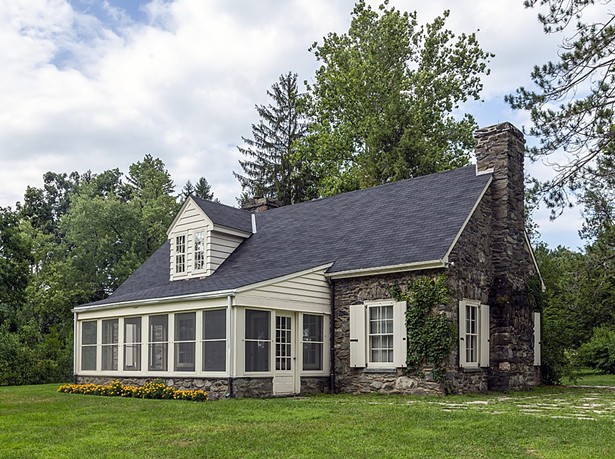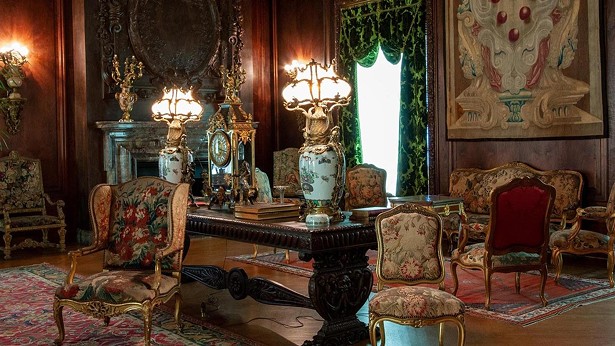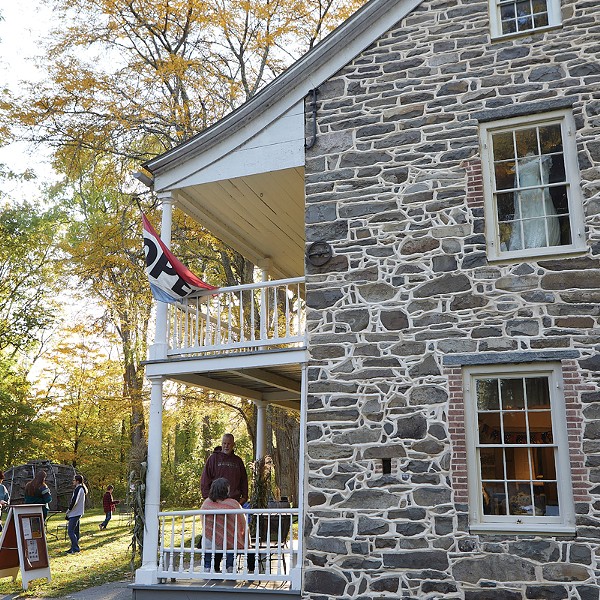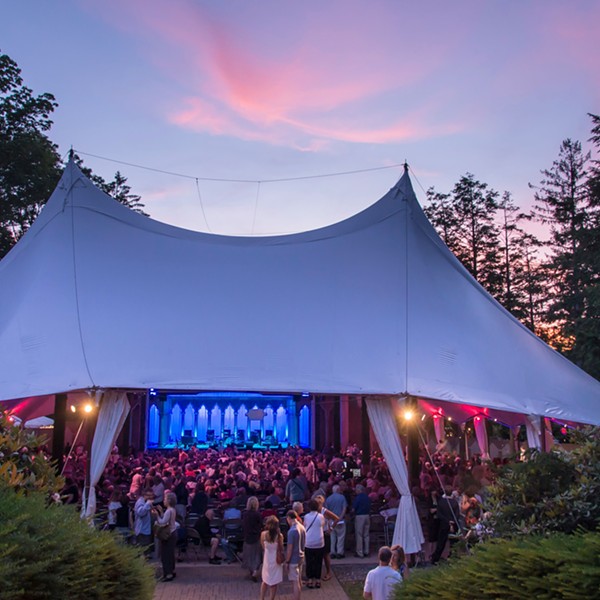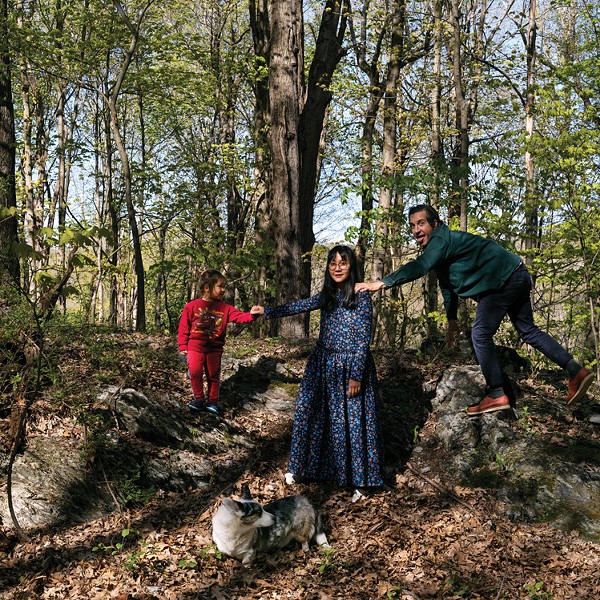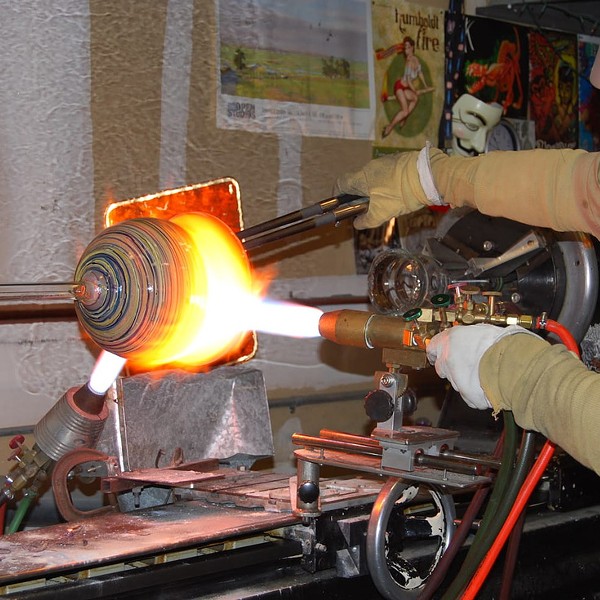At just under 40 square miles and just over 21,000 residents, the Dutchess County town of Hyde Park is not big by any standard, but it has had an outsized presence in New York State history. From Doctor John Bard, who purchased much of the land that makes up the town current boundaries, through the Roosevelt and Vanderbilt families, it has been a place where landed gentry built their glamorous, sprawling country estates since the dawn of republic. In its boundaries, Hyde Park contains four historic sites that are open to the public. For history buffs, lovers of architecture, and passing picnickers, it’s well worth a trip. Here’s a guide to Hyde Park’s prominent historic sites.
Staatsburg State Historic Site
This historic preserve in the hamlet of Staatsburg was the country home of financier Ogden Mills and his wife, Ruth Livingston Mills. Like many of the other estates in the area, it was built during the nation’s rapid economic growth of the late 19th century. A prime representation of Gilded Age architecture and opulence, the Mills Mansion has been restored to its turn-of-the-century splendor and is open for tours. Attend educational programs and seasonal events there—or simply tour the house and soak in the beauty of it all.
FDR Estate/Presidential Library
America’s only four-term president was raised in Hyde Park on 300 acres of trails and gardens. Tour Roosevelt’s beloved home Springwood before heading over to the Franklin D. Roosevelt Presidential Library & Museum, where guided and self-guided tours lead you through the sprawling grounds, gardens, and trails rife with presidential history. Visitors also have the option to take a two-hour tour of the Dutch Colonial-style Top Cottage, which was designed by FDR himself during World War II as a place to meet with other Allied representatives.
Val-Kill
“Appropriately” close to her husband’s residence, Eleanor Roosevelt maintained her own private retreat, Val-Kill Cottage, two miles down the road. The cottage was built in the mid-1920s as a place for Eleanor and her guests to stay after the “big house” was closed for the winter. FDR gave Eleanor and her two closest friends, Nancy Cook and Marion Dickerman, lifetime use of several acres of the Hyde Park estate and even helped architect Henry Toombs design the Dutch Colonial Stone Cottage. Cook and Dickerman moved in after construction, and Eleanor lived there full-time following the death of FDR. Val-Kill is the only national historic site dedicated to a first lady. The 90-minute tour includes an introductory film preceding a showing of the permanent exhibit, “Eleanor Roosevelt and Val-Kill: Emergence of a Political Leader.” The 181-acre property features several cottages that offered Roosevelt independence, privacy, and comfort in an otherwise hectic public life.
Vanderbilt Mansion
A monument to an earlier era, Vanderbilt Mansion is situated on 211 acres of parkland with 100-year-old tree plantings and Italian gardens. Built between 1896-1899, the estate was modeled on the grand, traditional concept of the English country house with the 54-room mansion as the crown jewel. Every year the majestic house and grounds are decorated spectacularly for the holidays. The National Park Service acquired the fully-furnished mansion in 1939. Take a guided tour to learn about the history of the Vanderbilt family and their social customs as well as about the architecture and decoration of the famous mansion which hosts an impressive collection of antiques from the 17th and 18th centuries, including furniture, art, and tapestries.







